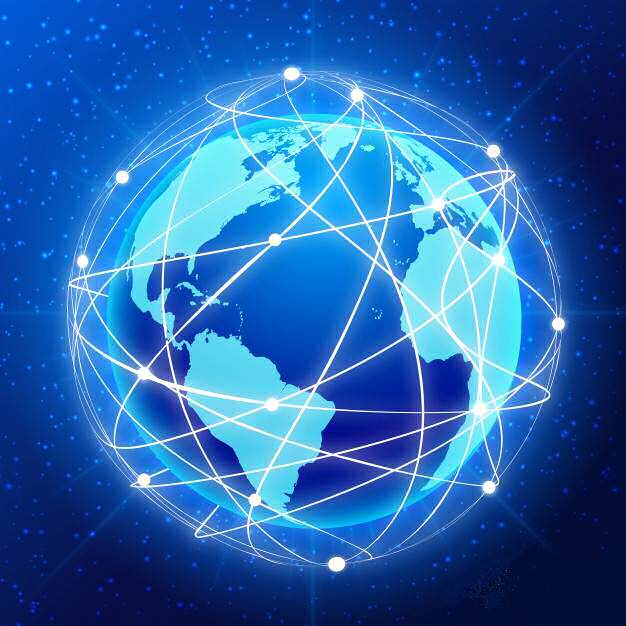
Edge Computing
Nowadays, businesses rely on cloud computing services for their data storage and management requirements. One traditional method is to rely on centralized cloud data centers to address these needs. However, a centralized data center may give us challenges in the long run in terms of speed, stability, protection, and adaptability. For this reason, we may need to consider edge computing as an alternative.
Edge computing is an emerging new trend in cloud data storage that may improve how we access and process data online. Businesses dealing with high-frequency transactions like banks, social media companies, and online gaming operators may benefit from edge computing.
In addition, search engine optimization (SEO) companies may use edge computing to create new implementation, research, and testing processes outside their current parameters.
This article discusses what edge computing is and explores its various benefits.
The edge computing architecture utilizes the devices at the periphery or “edge” of the network to store and process data. Some of the reasons for the conceptualization of this architecture are to enhance data storage performance and reduce the latency of data access.
Most of the cloud computing infrastructure we have gotten used to relies on a centralized database network.
One reason for this is that the central network has the computational capacity to handle hundreds of thousands of transactions at any given time. For example, Alibaba’s ApsaraDB cloud database was recorded in 2019 to have the capacity to handle 87 million transactions per second.
However, advancements in technology are increasing at a rapid rate. Storage and IoT (internet of things) devices that traditionally do not have enough processing power are now handling more transactions than before. This technological improvement on peripheral storage devices is starting to make edge computing a potentially practical solution for our data storage needs.
Edge computing decentralizes the cloud storage network, allowing us to take advantage of peripheral devices to share the storage and processing power. Below are some benefits of edge computing.

Businesses today are mainly data-driven, and speed is an essential part of conducting our transactions.
Financial institutions such as banks or stock exchanges rely on speed. These companies handle thousands of transactions every day, and a slowdown of even a few seconds can be costly. When internet speed is slow, the number of transactions we can effectively handle in a day is reduced. In this situation, our businesses may experience an opportunity loss. Additionally, customer satisfaction suffers as they become frustrated with the slow response of our business. Even if we say the slow speed is negligible, problems may escalate over time.
Edge computing offers an opportunity to increase our speed by placing some data centers near the network’s edge. This setup allows data to travel a shorter distance than if it came from a central source.
As storage capacities increase, our networks and data centers handle an increasing number of transactions. Once the network becomes overcrowded, our transactions can slow down.
By decentralizing the data centers through edge computing, we decongest the network and put less load on the central servers. The reduced load allows the servers to process transactions faster since they now use fewer resources. Another significant benefit of this is that a single point of failure in the network will no longer be enough to completely shut down our data servers.
With a decentralized data storage infrastructure, even when an attack shuts down one data center, other data centers are still up and running. Edge computing allows the data to be rerouted, and we can continue accessing the information we need.
Through edge computing, we decentralize the data centers using peripheral storage devices.
Decentralization minimizes the risks of malicious attacks and power outages by ensuring that data is still accessible even if the central server is compromised.
Implementing a centralized cloud data center may be convenient for some companies. However, our organizations today need to be flexible and adaptive to sudden changes. With this uncertainty in mind, expanding or modifying our central data server may become expensive or impractical in the long run. For example, large companies may have the capital to construct or expand their own data center. However, smaller businesses may not have enough money to spend on such an investment.
Whether we run a small business or a large corporation, this may be a cost-effective solution when modifying our network and data storage architecture. We may utilize the services of edge data centers located away from our central server through edge computing.
These services are a cost-effective alternative to physically expanding our central servers. Additionally, implementation and deployment are quicker with edge computing, so we have less downtime and increased productivity.
The advantages of edge-computing in terms of speed, reliability, security, and flexibility make it a considerable alternative to a centralized cloud computing infrastructure. However, edge computing is only as powerful as its edge data centers and peripheral devices.
As technology advances, we may see these edge data centers and devices continue to improve. In time, they may become the next best solution to our cloud data storage and network needs. We may need to ask an IT expert or cloud computing specialist to know more about edge computing and how it can benefit our business.


Mogelijk is dit een vertaling van Google Translate en kan fouten bevatten. Klik hier om mee te helpen met het verbeteren van vertalingen.